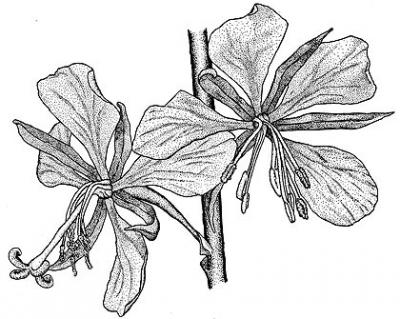
September is a harvest month for Willamette Valley inhabitants. We are not having as good a time as we might wish because the lead-up has been slow. The long, cold spring followed by a cool, wet early summer has slowed tomatoes from ripening and reduced eggplant production. Even the zucchini are not growing into baseball bats as quickly as usual. Corn grew slowly until there was a burst of hot days, resulting in a sudden glut and the lowest prices in years.
Squirrels are busy dropping acorns out of the oak trees and putting away their winter food store. I grump at their digging in flowerbeds I’d rather they leave alone. They will be working on the filberts next. The jays do the same thing but with more finesse, simply hammering their nuts into ground like pile drivers.
I went to Sitka, Alaska, for a bioblitz late in August, responsible for tallying mosses and liverworts. It was a treat to gather moss in the world’s biggest temperate rain forest, made especially enjoyable by rare sunny days that made the woods glow green. We enjoyed a flush of wildflowers delayed compared to ours. Fireweed in Alaska is in early bloom but almost finished in the Oregon Cascades.
Watching the shoreline from a ferry we were puzzled by the prominence of dead snags emerging everywhere from the canopy in otherwise healthy looking forests. It is global warming: Lack of insulating snow results in Alaska yellow cedar dying from frozen roots.